Singer Sewing Machine Reviews: Best Machines For Sewers?
When you’re on the hunt for a reliable sewing machine, it’s natural to consider Singer, given its long-standing reputation in the industry. Let’s dive into Singer sewing machine reviews to help you find the best sewing machines for your needs.
Whether you’re a beginner looking to start your sewing journey with a user-friendly model or a seasoned pro needing a machine that can keep pace with your projects, Singer has a variety of options to match your skill level and sewing needs.
Sifting through Singer sewing machine reviews can help you pinpoint the perfect model that balances functionality, ease of use, and value for money.
Understanding the features of Singer sewing machines is key to making an informed decision.
Some models boast advanced technology like touchscreens and a vast array of stitch patterns, while others keep it simple but sturdy, making them ideal for everyday sewing tasks.
Your particular interest—be it quilting, garment making, or home decor—can also guide your choice, as certain Singer machines cater specifically to those niches. Reading up on user experiences and expert opinions gives you a feel for performance and potential.
Comparing different Singer models side-by-side, you’ll notice differences in build quality, available accessories, and price points.
Whether you’re budget-conscious or willing to invest in a top-tier machine, reviews are a robust resource to ensure you’re getting a sewing companion that won’t let you down mid-stitch.
With the right Singer sewing machine, you’re not just buying a tool; you’re unlocking a world of creative potential where your hands and imagination can run wild with every seam and embroidery.
Singer Sewing Machine Reviews
When it’s time to pick a new Singer sewing machine, matching it with your needs is key. Think about what projects you’ll tackle. For heavy fabrics or frequent use, a heavy-duty Singer can be a great machine.
They often have a heavy-duty metal frame and more powerful motors, really letting you power through the work.
Below is an outline to guide you based on your sewing needs:
Singer Start 1304

- Features: Lightweight, simple stitches, easy setup
- Ideal for: Your first sewing machine; learning the basics.
Singer 7258 Stylist
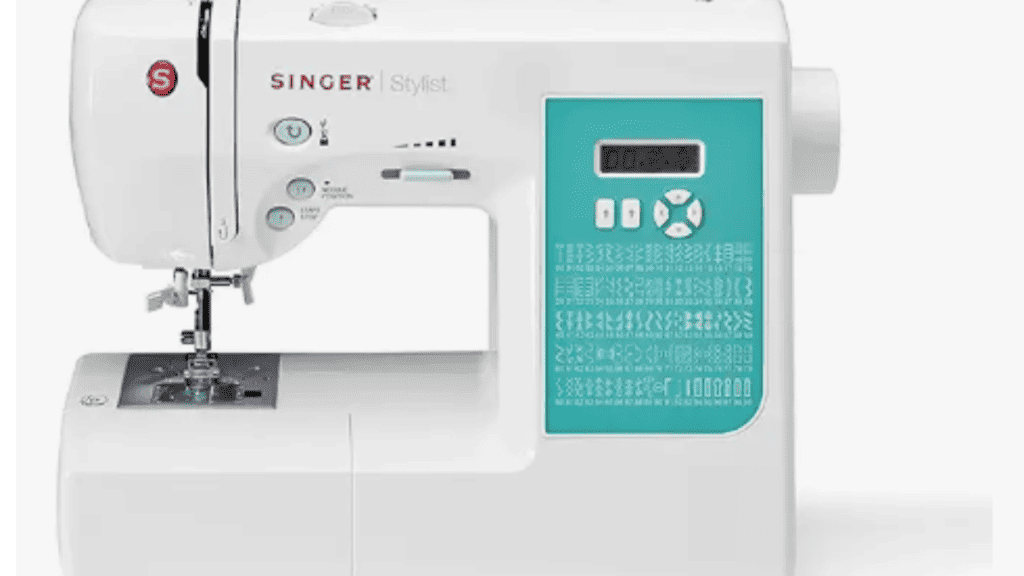
- Features: 100 stitches, automatic needle threader
- Ideal for: Versatile sewing needs; great machine for creativity.
Singer 4423 Heavy Duty
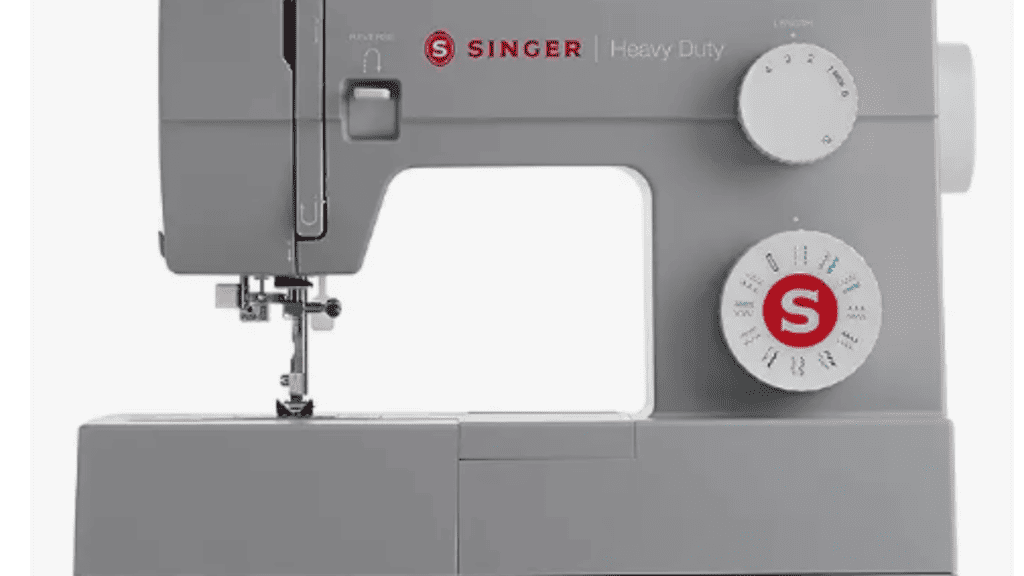
- Bold Features: Strong motor, fast sewing speed, durable frame
- Ideal for: Tough projects; sewing thicker materials.
For those leaning towards the latest features, modern machines come with an array of convenient options like touch screens, programmable patterns, and more.
Assessing the best Singer sewing machines involves looking not only at the features but also at their usability and the support offered by the brand.
Remember, your choice depends on what you’ll do most.
If it’s a mix of everything, from repairs to crafting, a versatile model would suit you best. No need to go all out on features you won’t use. Keep an eye on reviews and maybe even test a few different sewing machines to find what feels right.
After all, the right machine should feel like a natural extension of your creativity.
| Use Case | Recommendation |
|---|---|
| Light to moderate use | Singer Tradition 2277 |
| Varied sewing projects | Singer Quantum Stylist 9960 |
| Frequent heavy fabric work | Singer 4423 Heavy Duty |
Sewing Machines+Reviews
We have taken the time to ask our amazing community their favorite things about the sewing machines they use. We have done a review for all the most seen sewing machines currently on the market to help you make a great decision. If you are thinking of a particular machine, head over and check out the review and see if that is the best machine for you:
Singer Sewing Machines Features
When you get your hands on a Singer sewing machine, you’re tapping into an array of features designed to make your sewing experience smoother. From a variety of stitch options to the convenience of automatic threading, here’s what you can expect from different models.
Built-in Stitches and Stitch Options
Singer sewing machines come packed with a selection of built-in stitches for all your sewing needs. You’ll typically find essential straight stitches for basic sewing, zigzag stitches for stretch fabrics, and buttonhole stitches for adding buttonholes with ease. Most models also include a variety of stretch stitches to work with elastic materials. Here’s a quick look at what might come with your machine:
- Basic Stitches: Straight, zigzag, and other fundamental stitches for everyday sewing.
- Decorative Stitches: Flourishes to add flair to any project.
- Stretch Stitches: Special stitches designed for elastic fabrics.
Automatic Needle Threaders
Squinting to thread a needle can be a thing of the past with Singer’s automatic needle threader feature. It’s designed to effortlessly guide the thread through the eye of the needle, reducing eyestrain and saving you time, especially if you’re switching thread colors often.
- Convenience: Quickly get started with your project.
- Ease of Use: Say goodbye to frustration and hello to smooth threading.
Computerized vs. Mechanical Models
When deciding between computerized sewing machines and mechanical sewing machines, consider your needs and experience level. Computerized machines offer precision and programs for a wide range of stitch types, while mechanical models provide a hands-on feel for more traditional sewing.
- Computerized Machines: Advanced features like programmable stitch sequences, touch screens, and more stitch options.
- Mechanical Machines: Durable and straightforward, with manual controls and dials for stitch selection.
Each type of machine caters to your unique sewing style—whether you prefer the tactile response of manual adjustments or the high-tech capabilities of a computerized system.
Sewing Machine Performance
When you’re in the market for a Singer sewing machine, your top concerns should likely be how it performs. You’ll want to know about the motor’s grunt, how well you can control speed, the effectiveness of feed dog adjustments, and the quality of stitches it produces.
Motor Power and Speed Control
Your Singer sewing machine’s performance starts with its motor power. A powerful motor means that you can handle multiple layers of fabric or thicker materials without the machine bogging down.
For example, a machine like the Singer Heavy Duty 4423 boasts a motor that’s 60% stronger than standard sewing machines, which can be a real gamechanger for your projects.
In terms of speed control, you’re looking at how easily you can regulate the machine’s speed. Most Singer models come with a foot pedal that allows you to vary the speed from slow to fast.
Look for a model with a speed control slider if you want even finer control. This lets you set a maximum sewing speed, so you can stitch at a consistent pace that’s comfortable for you.
Feed Dog Adjustments
The feed dogs are those small metal teeth under the needle that move the fabric through the machine as you sew.
The ability to adjust these can make a big difference in your sewing. Some Singer machines offer the ability to lower the feed dogs, which is essential when you’re doing free-motion quilting or sewing buttons.
You should also look for a sewing machine that allows you to modify the pressure of the feed dogs.
This helps to ensure the fabric feeds smoothly for even stitching, especially when you’re dealing with either very lightweight sheers or hefty denims.
Tension and Stitch Quality
How your Singer manages thread tension significantly affects your stitch quality. If tensions are off, your stitches could be too loose, too tight, or uneven.
Many Singer machines offer automatic tension, but it’s still beneficial to choose a machine that allows for manual tension adjustments. This gives you the fine control needed to get perfect stitches every time.
Additionally, pay attention to the stitch length dial. A good range of adjustability here lets you customize stitch length for different projects. Put simply, if you want crisp, clean straight lines, control over your stitch length is vital.
Sifting through these performance aspects will guide you to a Singer sewing machine that matches your sewing style and project requirements. Keep these points at the forefront of your decision-making process, and you’ll be on track to find a machine that serves you well.
Ease of Use and Accessibility
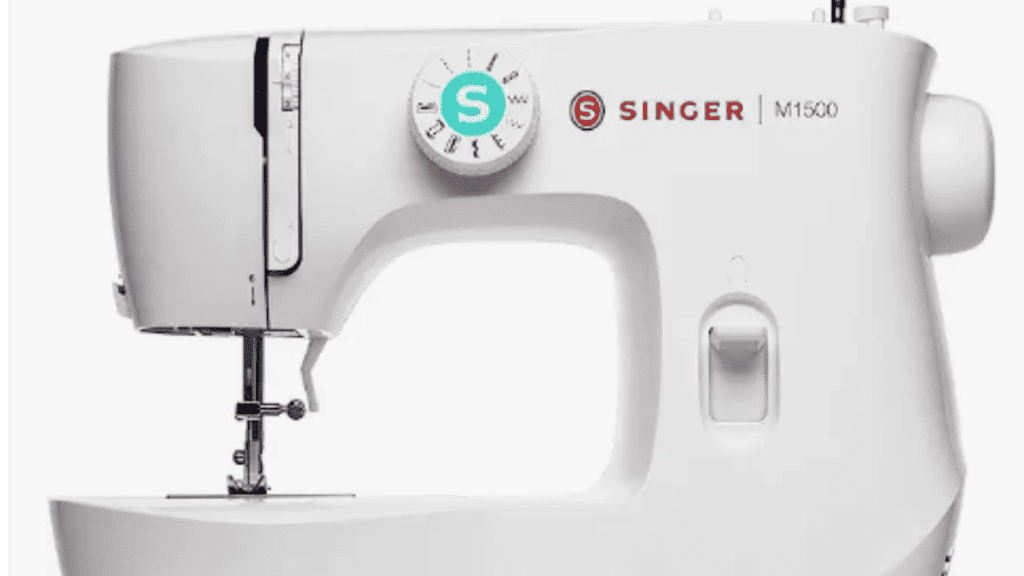
When you’re considering a Singer sewing machine, you’ll notice that ease of use and accessibility are key features that make your sewing experience smoother. Let’s break down what makes these machines user-friendly and accessible to a range of users.
User Interface and Control
Singer sewing machines often come with intuitive controls that are designed to minimize your learning curve. For instance, you may find models with:
- LCD Screen: Clear display of your stitch selection, length, and width for hassle-free adjustments.
- Button Layout: Easily accessible buttons for start/stop and reverse functions.
These features contribute to a user interface that is straightforward, allowing for quick selection and modification of stitches.
Setup Process
Setting up your Singer sewing machine for the first time is generally straightforward. You can get started with these steps:
- Threading the Needle: Follow the numbered threading path to reduce trial and error.
- Bobbin Setup: Insert the bobbin into the front-load bobbin case by following the clear instructions.
Many Singer sewing machines offer an automatic needle threader, and clear top bobbin cases for easy setup, which are great if you’re looking to dive straight into your projects.
Accessibility Features
Singer sewing machines feature a number of elements designed to provide accessibility for users of varying skill levels. Look for:
- Free Arm: Makes it easier to sew round pieces such as collars and cuffs.
- Needle Position Adjustment: Handy for precision stitching, allowing you to change the needle position without any fuss.
These features are designed to simplify your sewing experience, making the machine more adaptable to a wide range of sewing tasks and accessible to both beginners and seasoned sewists.
Accessories and Customization
When you’re looking to enhance your sewing experience, diving into the range of accessories and customization options for your Singer sewing machine is a smart move.
Whether you’re after precision or convenience, let’s check out what you can add to your setup.
Presser Feet and Attachments
Your Singer sewing machine likely came with a few essential presser feet, but did you know there’s a whole world of specialized feet to explore?
You’ve got the zipper foot for those pesky zippers, a buttonhole foot to whip up buttonholes with ease, and a walking foot for when you’re dealing with multiple fabric layers that just won’t stay put.
And if you’re into quilting, a quilting guide alongside a purpose foot can seriously up your quilt game. Here’s a quick rundown:
| Presser Foot | Purpose |
|---|---|
| Zipper Foot | Attaching zippers with precision |
| Walking Foot | Feeding multiple layers evenly |
| Buttonhole Foot | Making buttonholes of various sizes |
| Quilting Guide | Guiding for evenly spaced quilt stitching |
Don’t forget, there are different presser feet for tasks like embroidery or blind hemming. With these extra presser feet, the right tool is always at your fingertips.
Extension Tables and Storage Options
Talk about leveling up, an extension table can make handling larger projects a breeze by giving you more work area. This is especially true for those intricate projects that require wide-open space like quilts or drapes.
And with sewing, organization is key. Look for storage solutions like built-in storage compartments or accessory boxes.
They’re perfect for keeping those extra feet and small attachments in order so you’re not scrambling for the right foot mid-project.
By getting your hands on these accessories, you can customize your Singer sewing machine to fit just about any sewing task you throw at it. And trust us, your projects will thank you for it.
Sewing Projects and Fabric Types

When tackling various sewing projects, understanding how your Singer sewing machine interacts with different fabric types is crucial.
You want to ensure the right machine and settings for your specific task whether you’re whipping up a small coin purse or diving into large quilt patterns.
Handling Different Fabrics
Different fabrics will behave differently under the needle. For instance, heavy duty sewing machines are ideal when working with thick fabrics like denim or upholstery material. On the flip side, for lighter or more delicate fabrics, a standard sewing machine with an appropriate needle and a gentle touch is your best bet. When dealing with various fabrics, pay attention to:
- Needle size and type
- Thread thickness and material
- Machine tension settings
- Sewing speed
Embroidery and Decorative Work
Embroidery can transform a simple fabric into something extraordinary. Embroidery machines are specially designed to handle intricate embroidery designs with precision. If you’re looking into adding decorative flair to your projects, consider:
- The machine’s hoop size for embroidery work
- Built-in embroidery patterns vs. downloadable designs
- The ability to handle various thread types for different textures
Quilting and Large Projects
When you’re aiming to finish a quilt or another sizeable sewing endeavor, space and stability are key. A machine with an extension table provides the necessary room to manage the fabric’s weight and bulk. For quilting and large projects, you should look for:
- A sewing machine with an extended work area or table
- Higher motor power to maintain consistent stitching through layers
- Versatile stitch options for quilting patterns
Whether you’re working with a vintage sewing machine or the latest model, remember that each fabric and project type may require a different approach. Take the time to familiarize yourself with your machine’s capabilities to excel in a wide range of sewing projects and enjoy a variety of projects that you create.
Sewing Machine Maintenance
Keeping your Singer sewing machine in top-notch condition involves regular maintenance and knowing how to troubleshoot common issues. This ensures your machine can handle everything from layers of denim to the finest silk without a hitch.
Common Issues and Fixes
Skipping Stitches:
- Check needle: Replace if bent/dull.
- Re-thread: Ensure proper upper and lower thread pathway.
Tension Troubles:
We have an entire article on tension problems. You can read it here.
- Adjust tension dial: Find the sweet spot for your fabric.
- Clean: Remove lint/dust from the tension discs with a soft brush.
Cleaning and Oiling
Cleaning:
- Turn off and unplug your machine.
- Use a soft brush or compressed air to remove lint.
- Regularly clean after each project to prevent build-up.
Oiling:
- Refer to your manual: specific oiling points vary per model.
- Use Singer machine oil: Apply sparingly.
- Oil after approximately every 20 hours of use.
Long-Term Care
Storage:
- Keep your machine covered in your sewing room to protect from dust.
- Store in a dry, cool place to prevent rust and deterioration.
Routine Check-Up:
- Tighten any small screws that may have loosened over time.
- Keep extra needles on hand and swap out worn ones.
Remember, regular maintenance can often prevent the need for repairs, and a well-kept sewing machine can last a very long time.
While some fixes are easy to do yourself, don’t hesitate to seek professional help if you’re unsure or if your machine has plastic gears or sensitive electronics. This proactive approach will keep your Singer sewing machine running smoothly, letting you focus on your sewing projects instead of unexpected hiccups.
Warranty and Support
Your Singer machine should come with a solid warranty and support system. Look for:
- Manufacturer’s Warranty: Typically, you get a 25-year limited warranty, covering different parts of the machine over various periods.
- Customer Support: Check if there’s accessible support. Can you reach them by phone, email, or live chat?
It’s always worth knowing you’re covered in case anything goes sideways.
Fabric Giveaway
Enter our monthly fabric giveaway. Simply complete the tasks daily and you will be entered into the drawing. Winner will be randomly drawn on the first day of the month and notified via email
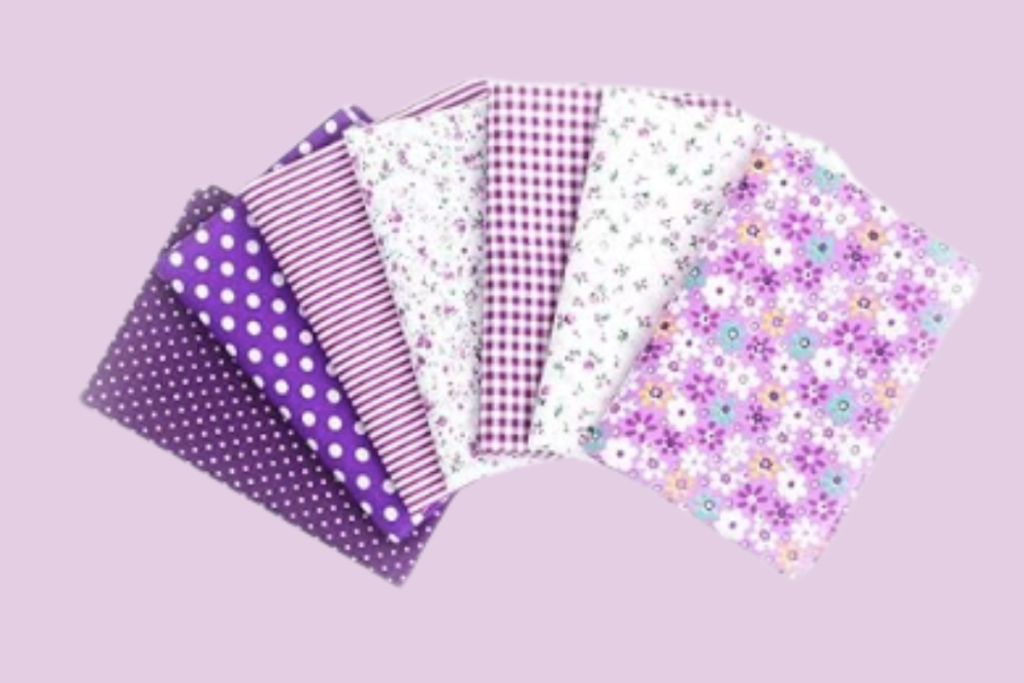

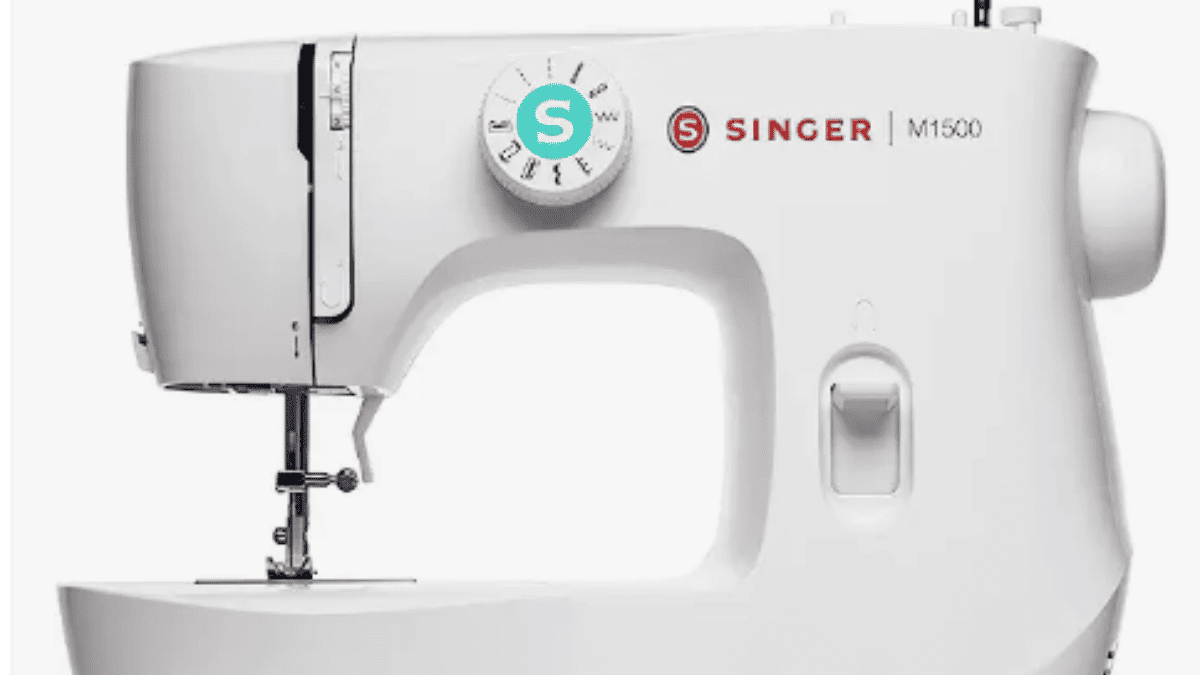
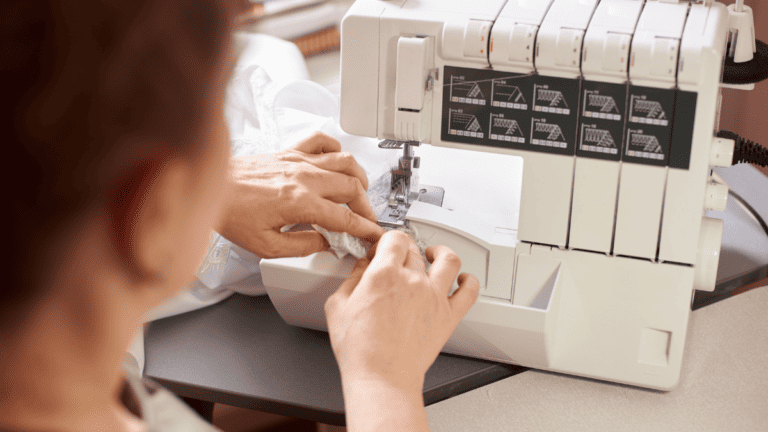
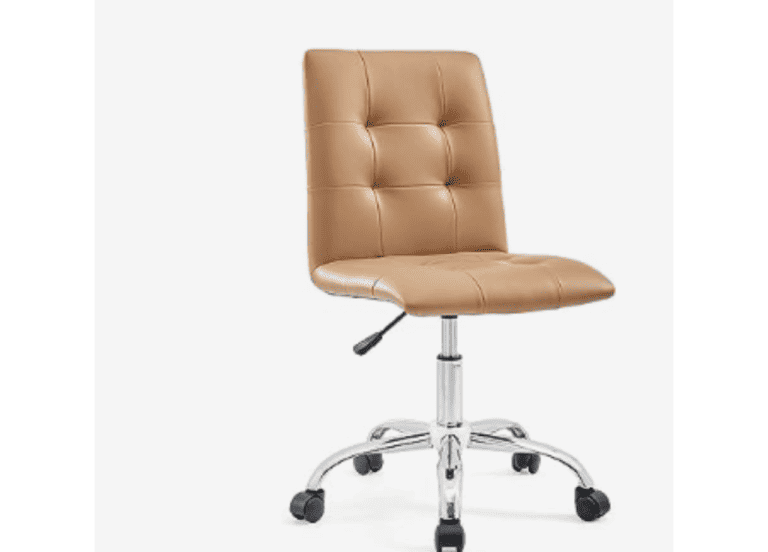

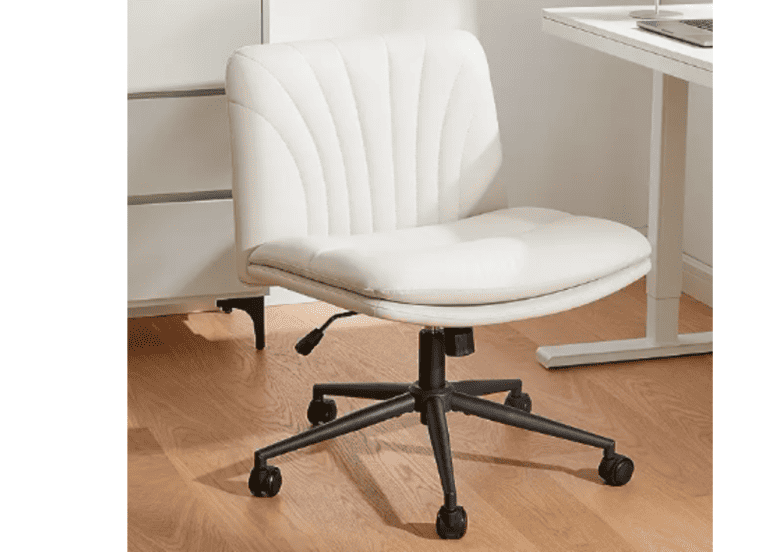
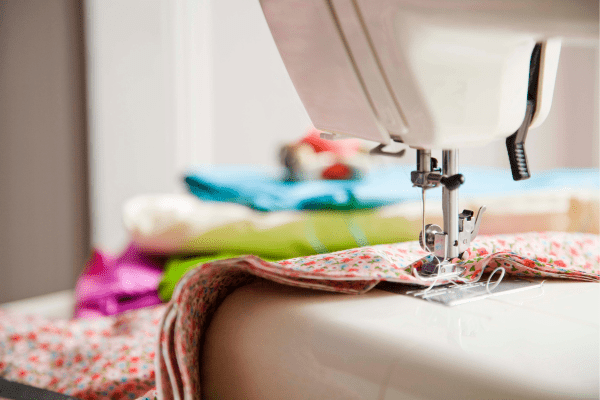
2 Comments